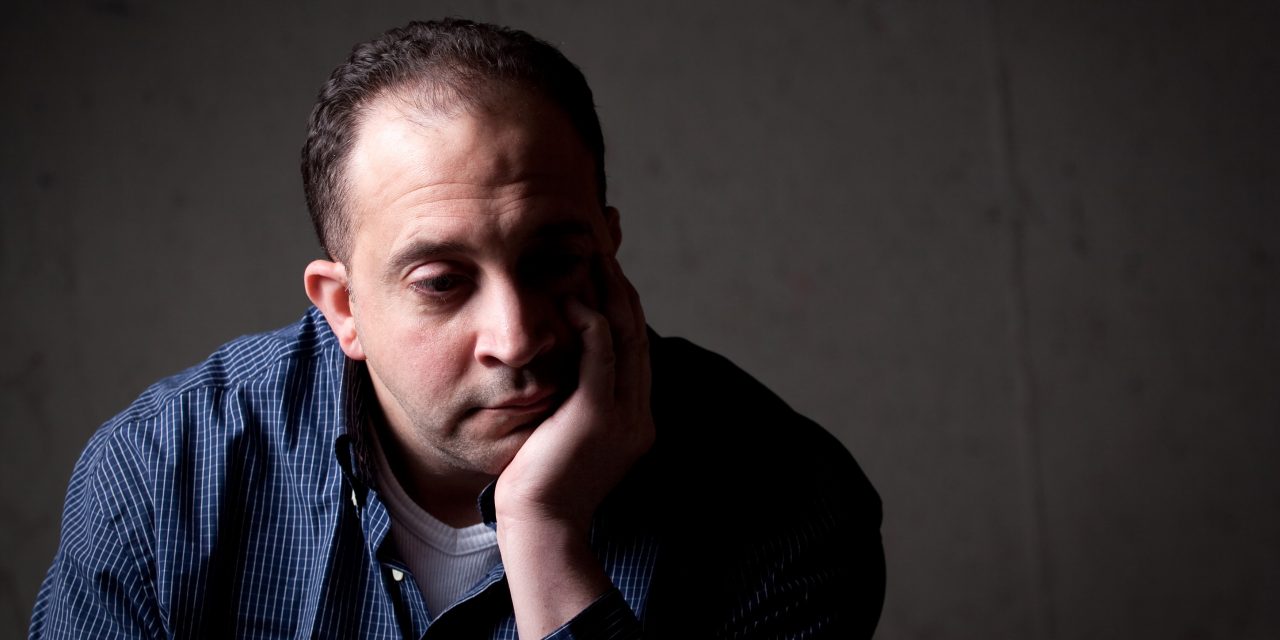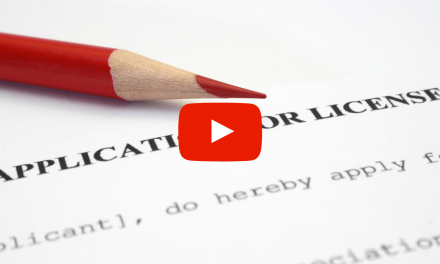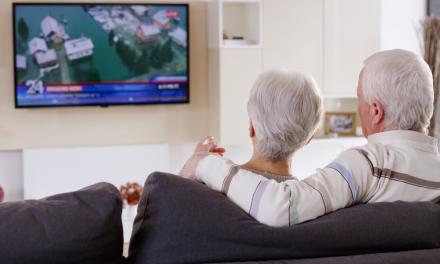
Temporomandibular Joint Problems

Neck pain patients frequently suffer from temporomandibular joint problems. Chiropractors who understand this malady are uniquely equipped to help these patients. This article will review the etiology, evaluation, and management of this common disorder.
Temporomandibular Joint Disorder (TMD) describes a complex group of muscular and articular disorders affecting the TMJ, leading to pain, dysfunction and eventually degeneration. Most causes of TMD can be divided into either myogenous (muscular) or arthrogenous (articular). TMD of myogenous origin is more common (1) and may arise from: muscular hypertonicity, trigger points, fascial restrictions and/or functional muscle imbalance of the muscles of mastication. One of the most commonly involved muscles is the masseter. Other recognized triggers for myogenous TMD include: bruxism, clenching, cervicocranial dysfunction (2), postural syndromes, especially a forward head posture (3,4), and trauma (5). TMD symptoms may occur in up to one-third of those patients involved in a whiplash injury. (6).
Disk displacement and osteoarthritis are common causes for TMD of arthrogenous origin. Other causes of TMD of articular origin include: loose bodies, inflammatory arthropathy, trauma, mandibular fracture, dislocation, malocclusion, infection, and neoplasm. In TMD of articular origin, muscular dysfunction is secondary.
Studies vary on the relationship of premolar extraction to the development of TMD, but recent evidence refutes that link. (7). Psychosocial disturbances including stress and depression, are other widely recognized co-morbidities for TMD.
Estimates for the incidence of TMD vary between 4-25% (8,9). Up to 3% of Americans seek treatment for TMD each year (21). At presentation, most patients are 20-50 years old, and prevalence is 2-3 times higher in females.
Typical symptoms include: clicking or crepitus, restricted opening, transient locking, and pain. Symptoms may be exacerbated by mastication. TMD pain is generally described as an “ache” located immediately anterior to the ear canal but may refer to other areas of the face, head, neck, and shoulders (6). TMD patients often suffer concurrently from headaches, suggesting a common link arising from the upper cervical spine (10). Clinicians should be particularly vigilant for cardiac origins of jaw pain, particularly in higher-risk populations.
Clinical evaluation for TMD should include visual and palpatory assessment of the opening pattern (mouth opening test) while observing lateral deviation and “jerky” movements. Vertical interincisal opening of less than 40mm is considered restricted (11). Clinicians should assess for audible or palpable joint clicking or crepitus of the TMJ upon opening and closing.
Palpation may reveal tenderness in the: suboccipitals, temporalis, masseter, anterior and posterior digastrics, pterygoids, SCM and trapezius. Intersegmental mobility of the cervicocranial junction, cervical spine, and upper thoracic spine should be assessed. Hyoid mobility is assessed by moving the hyoid side to side in a supine patient. Limited or asymmetric hyoid mobility suggests digastric tension. Orthopedic evaluation should also include the “centric relation provocation test” which tests the disc-condyle complex in the most stable position. Since the disc is not innervated, compression of the mandible into the temporal fossa should not elicit symptoms in healthy joints. Reproduction of pain means the condyle is contacting the fossa, suggesting a structural pathology (i.e. disc dislocation, osteoarthritis, or capsulitis).
In many cases, TMD cannot be assessed by clinical evaluation alone. Panoramic x-rays are of limited help in identifying articular causes of TMD. CT is the imaging of choice (over 4 times better than plain films) for identifying TMJ osteoarthritis. The reliability of MRI is excellent for detecting disc displacements and effusion (12). The differential diagnosis of TMD would include: disc displacement, degeneration, fracture, infection (i.e. parotid gland, tooth), dental pathology, neoplasm, trigeminal neuralgia, and cardiogenic referral.
Non-surgical intervention for myogenous TMD has been shown to be as effective as any surgical intervention (13). Management should be conservative and simple, focusing on three main points: manual therapies, exercise, and avoidance of aggravating activities.
Manual therapies are necessary to address lesions in the masticatory system, neck and upper torso. Post-isometric relaxation (PIR), STM, or myofascial release should be directed at the: lateral pterygoid, temporalis, and masseter (14,15). Other muscles that may need consideration include the: suboccipitals, anterior and posterior digastrics, medial pterygoid, SCM and trapezius. Manipulation of the cerviocranial, cervical and thoracic spine may be necessary (16). TMJ non-thrust mobilization is often indicated (10), and may be performed by grasping the jaw with the clinicians thumbs on the molars, applying distraction and moving the jaw in a figure eight clockwise or counterclockwise fashion for 20 repetitions.
Exercises to improve posture and TMJ function have been shown to be beneficial (10,17,18). Stretching exercises should address tightness in the masseter, SCM, levator, and suboccipitals. The patient should also perform: chin retractions, deep neck flexion, and chin depression. Additional postural corrections may be necessary. The Rocabado 6×6 exercise protocol is a popular program to restore function between the jaw, neck, and shoulders (22). In contrast to popular opinion, some experts suggest that management of malocclusion is not essential in the treatment of TMD (19). Initially, passive modalities including: laser therapy, heat, ice, ultrasound or iontophoresis may be helpful (20,28).
Patients should avoid aggravating activities like chewing gum or eating “rubbery” foods. Limit unnecessary talking (18,19). Supplementation with bromelin or MSM may be beneficial. A custom-fitted mouth guard (occlusal orthotic) may help minimize grinding or clenching and promote relaxation of masticatory muscles (20). Patients with nighttime symptoms should avoid stressful activity before bedtime and be aware of their sleep positions. NSAIDS may provide benefit. In some cases, stress management techniques, like biofeedback, can assist patients in learning how to relax the jaw muscles.
References
- Fricton JR: Temporomandibular muscle and joint disorders. Pain 2004; 109:530.
- Cantanzariti J, Debuse T, Duquesnoy B: Chronic neck pain and masticatory dysfunction. Joint Bone Spine 2005; 72:515-519.
- Palazzi C, Miralles R, Soto MA, Santander H, Zuaiga C, Moya H: Body position effects on EMG activity of the sternocleidomastoid and masseter muscles in patients with myogenic-craniocervical-mandibular dysfunction. J Craniomandib Practice 1996: 14(3):200-9
- Gonzalez H, Mann A. Forward Head Posture: Its Structural and Functional Influence on the Stomatognathic System: A Conceptual Study. Cranio. 1996 Jan;14(1):71-80.
- Yun PL, Kim YK: The role of facial trauma as a possible etiologic factor in temporomandibular joint disorder. J Oral Maxil Surg 2005; 63(11):1576-1583.
- Sale h, Isberg A. Delayed temporomandibular joint pain and dysfunction induced by whiplash trauma: a controlled prospective study. J American Dental Assoc. Aug 2007;138(8) 1084-91
- Egermark, I. and Thilander, B. (1992) Craniomandibular disorders with special reference to orthodontic treatment: an evaluation from childhood to adulthood, American Journal of Orthodontics and Dentofacial Orthopedics, 101, 28–34.
- Gremillion HA, Mahan PE: The prevalence and etiology of temporomandibular disorders and orofacial pain. Tex Dent J 2000; 117:30-39.
- Von Korff M, Dworkin SF, LeResche L, et al: An epidemiologic comparison of pain complaints. Pain 1988;32(2):173-183.
- Furto ES, Cleland JA, Whitman JM, Olson KA. Manual physical therapy interventions and exercise for patients with temporomandibular disorders. Cranio. 2006;24:283–291.
- Feteih RM: Signs and symptoms of temporomandibular disorders and oral parafunctions in urban Saudi Arabian adolescents: a research report. Head Face Med 2006; 2:25.
- Ahmad M, Hollender L, Anderson Q, Kartha K, Ohrbach R, Truelove EL, John MT, Schiffman EL. Research diagnostic criteria for temporomandibular disorders (RDC/TMD): development of image analysis criteria and examiner reliability for image analysis. Oral Surg Oral Med Oral Pathol Oral Radiol Endod. 2009 Jun;107(6):844-60.
- Fricton et al. Long term study of temporomandibular joint surgery with alloplastic implants compared with nonimplant surgery and nonsurgical rehabilitation for painful temporomandibular joint disc displacement. J Oral Maxillofac Surg 60:1400-1411, 2002
- Cleofas Rodrıguez Blanco, Cesar Fernandez de las Penas, Juan Elicio Hernandez Xumet, Carolina Pena Algaba, , Manual Fernandez Rabadan, , Mari Carmen Lillo de la Quintana. Changes in active mouth opening following a single treatment of latent myofascial trigger points in the masseter muscle involving post-isometric relaxation or strain/counterstrain. Journal of Bodywork and Movement Therapies
- Kalamir A, Bonello R, Graham P et al. Intraoral myofascial therapy for chronic myogenous temporomandibular disorder: A randomized controlled trial. Journal of Manipulative & Physiological Therapeutics 2012; 35: 26-37.
- Pilar Mansilla-Ferragut, DO, César Fernández-de-las Peñas, DO, PhD, Francisco Alburquerque-Sendi`n, DO, PhD, Joshua A. Cleland, PhD, and Juan José Boscá-Gandi. DO J Manipulative Physiol Ther 2009;32:101-106
- Nicolakis P, Burak EC, Kollmitzer J, et al. An investigation of the effectiveness of exercise and manual therapy in treating symptoms of TMJ osteoarthritis. Cranio. 2001;19:26–32.
- Gavish A, Winocur E, Astandzelov-Nachmias T, Gazit E. Effect of controlled masticatory exercise on pain and muscle performance in myofascial pain patients: A pilot Study. Cranio 2006 Jul;24(3) 184-90
- Skaggs C. TMJ dysfunction. Journal of Bodywork and Movement Therapy 1997;1(4):198-214.
- Wright EF, North SL. Management and treatment of temporomandibular disorders: a clinical perspective. J Man Manip Ther. 2009;17(4):247-54.
- Drangsholt M, LeResche L. In: Temporomandibular disorder pain. In: Epidemiology of pain. Crombie IK, Croft PR, Linton SJ, LeResche L, Von Korff M, editors. IASP Press; Seattle: 1999. pp. 203–233
- Rocabado M. Diagnosis and treatment of abnormal craniocervical and craniomandibular mechanics. In: Solber WK, Clark GT, eds. Abnormal Jaw Mechanics. Diagnosis and Treatments. Chicago; 1984: 141-159
- Pereira TS, Flecha OD, Guimarães RC, de Oliveira D, Botelho AM, Ramos Glória JC, Aguiar Tavano KT. Efficacy of red and infrared lasers in treatment of temporomandibular disorders–a double-blind, randomized, parallel clinical trial. Cranio. 2014 Jan;32(1):51-6.















